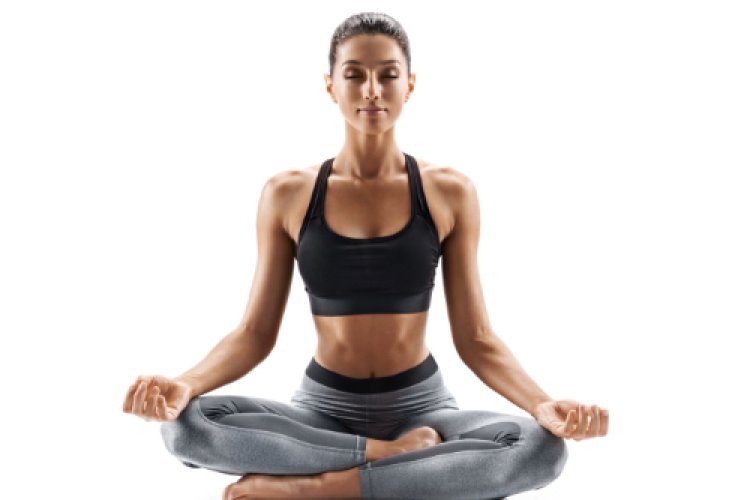Breathing Techniques
How many days can a person survive without food? How long can you survive without breathing? Perhaps a few minutes. Defining here for the breathing techniques

Breathing Techniques
How many days can a person survive without food? How long can you survive without breathing? Perhaps a few minutes. Without the ability to breathe, we would cease to exist! This is the significance of Breath to our Life.
How many days can a person survive without food? Yet, you ponder about food so frequently!
Breath is life!
The first act of existence is taking a breath!
The final act of existence is exhalation!
Everything else falls somewhere in the middle - it's essential, but not the most important thing, because our respiration is our most intimate companion. A companion who is always aware of the emotion we are experiencing at any given time.
Think about it –
Isn't your breathing extremely rapid and agitated when you're angry, and slow and tranquil when you're serene?
By focusing on your breath and practicing pranayamas (breathing techniques), you can easily transform a disagreeable mental state into a pleasurable one by enhancing and regulating the system's life force (prana).
Breathing Techniques
How healthy is your immune system? Find out!
Abdominal Breathing
Here are defining for the breathing techniques
Abdominal breathing can be practiced lying down on your back, sitting down or while standing, though in this case,
· Let’s lie down. Separate your legs slightly and let the feet fall to the sides.
· Interlock the fingers and place the hands on your abdomen, palms facing downwards.
· Make a conscious effort to inhale deeply, so that your abdomen starts to expand your fingers separate.
· Allow your abdomen to expand as much as possible.
· As you begin to exhale, apply gentle pressure on your abdomen with your hands, pushing it downwards.
· Exhale fully.
The key to effective respiration is appropriate exhalation. With improved exhalation, inhalation will also improve.
Repeat this procedure a number of times. Take thorough abdominal breaths without using your hands when you feel at ease. Additionally, make your inhalation and exhalation extended and fluid.
Full Yogic Breath
This type of breathing makes full use of lung capacity.
• Position yourself on your back.
Take two to three abdominal breaths.
• On your next inhalation, first expand your abdomen by using half of your breath; this will fill your lower lobes of the lungs.
• Inhale deeply to expand the thorax and fill the middle lobes.
• At the end of your inhalation, fill your lungs to capacity. You will experience an expansion in your upper thorax and a subtle elevation of your collarbones.
• On exhalation, the upper and middle lobes of the lungs should be deflated first, allowing the collarbones and sternum to decompress.
• The abdomen will then decompress as the lower lobes deflate.
• Long, smooth, and rhythmic breathing, like the rise and lowering of a wave.
Repeat this 10-15 times.












